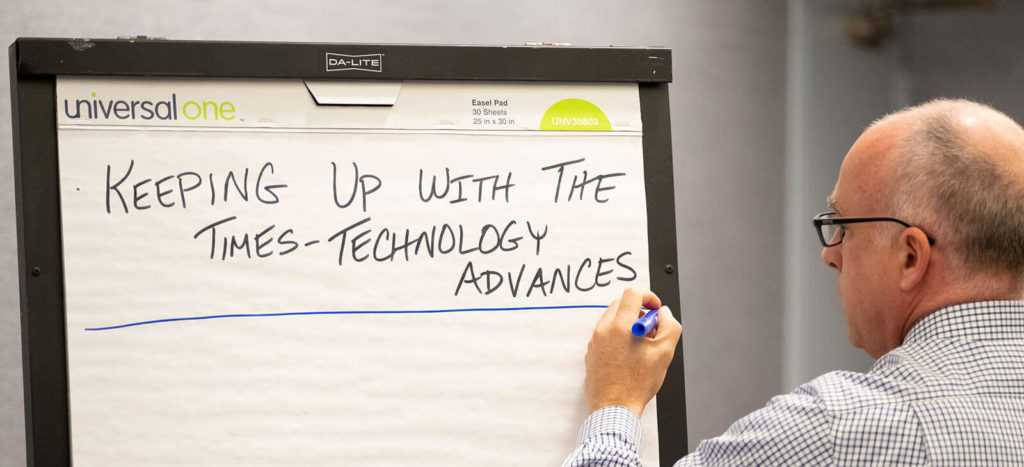When scientists try to find new ways to help patients recover from physical dependence on opioids, they look for treatments that are both safe and effective.
There are two main ways of treating opioid use disorder
1. Medically supervised withdrawal followed by complete abstinence
After completing the medically supervised withdrawal and withdrawal process, a person may remain abstinent (going completely without) any kind of opioid drug. This treatment plan usually involves a long and difficult recovery process, with a high risk of relapse.
12-step groups such as Narcotics Anonymous (NA), which often encourage this abstinence-approach to recovery, can be helpful. This treatment plan does not involve the help of any type of opioid medication.
Medication-free recovery can be possible for a small number of stable patients with high motivation. The small number of patients who are able to recover without help from medication report relying on personal motivation, past treatment experiences, religion/spirituality, and support from family and close friends. [1]
However, as many as 90% of those detoxified from opioid use will relapse within first 1-2 months unless treated with medications.[2]
2. Medically Supervised Withdrawal + Induction onto Agonist Maintenance: Medications for Opioid Use Disorder (MOUD)
MOUD can help make opioid medically supervised withdrawal safer and more manageable. After detox, MOUD involves continued treatment with one of three main types of medications: methadone, buprenorphine, or naloxone. MOUD with these medications can help make the difficult process of recovery for opioid addiction less risky and more manageable. There is still a risk of relapse in this treatment plan, but it is less likely than among patients receiving no help from medication. When compared to recovery treatment without medication, MOUD has been proven to:
- Increase treatment retention
- Reduce risk of relapse
- Improve social functioning
- Reduce the risks of infectious-disease transmission
- Reduce criminal activity[3]
Any reduction in relapse risk can be life saving.
One of the most important benefits of MOUD is that it can reduce the risk of relapse compared to abstinence without medication support. People dealing with physical dependence on opioids typically experience multiple relapses over the course of their treatment. During each period of abstinence, a person’s tolerance for opioids decreases. If a patient relapses after a period of time without the drug, and begins to take the same amount of drug that he or she used before medically supervised withdrawal, they are at a high risk of fatal overdose because the body is no longer used to such a large amount of opioids. By reducing a patient’s risk of relapse, MOUD has been shown to reduce this risk of death from overdose during recovery.
| Summary of Medications for Opioid Addiction Treatment | |||
|---|---|---|---|
| Methadone | Buprenorphine | Naltrexone | |
| Brand Name |
|
|
|
| Class | Full Agonist: Fully activates opioid receptors | Partial Agonist: Activates opioid receptors, but with a smaller effect | Antagonist: Blocks opioid receptors |
| Dosing | Taken once per day by mouth | Usually taken 1-2x per day, by mouth or under the tongue. Sublocade monthly injectable. | Vivitrol is taken by injection about once per month; older formulations are taken orally once per day |
| Effects | Reduces opioid cravings and withdrawal symptoms | Blocks the effects of opioids in the brain | |
| Advantages | High strength, very effective when taken by mouth. | More availability: Can be prescribed by certified physicians in a “regular” medical office- no need to visit special drug clinics. Suboxone has a smaller risk of abuse by including naloxone, which causes withdrawal if the drug is injected rather than taken by mouth as prescribed. Sublocade can be taken monthly. | Not addictive or sedating. Does not result in physical dependence. Vivitrol can be taken once a month instead of daily. |
| Disadvantages | Patients must visit special methadone clinics daily to receive doses. | Difficult to take daily medication- new form of Vivitrol, taken only once a month, addresses this issue. Beginning this drug is more difficult, and requires about 7 days of opioid abstinence before the first dose. | |
| Adapted from “Characteristics of Medications for Opioid-Addiction Treatment” in Volkow, N. D., et al. (2014). “Medication-Assisted Therapies – Tackling the Opioid-Overdose Epidemic.” N Engl J Med. | |||
[1] Flynn, P. M., Joe, G. W., Broome, K. M., Simpson, D. D., & Brown, B. S. (2003). Recovery from opioid addiction in DATOS. J Subst Abuse Treat. Oct 25(3). 177-86.
[2] Weiss RD, Sharpe Potter JS, Fiellin DA, Byrne M, Connery HS, Dickinson W, et al. (2011.) Adjunctive counseling during brief and extended buprenorphine-naloxone treatment for prescription opioid use disorder: A 2-phase randomized controlled trial. Archives of General Psychiatry 68(12), 1238-46.
[3] Volkow, N. D., et al. (2014). “Medication-Assisted Therapies – Tackling the Opioid-Overdose Epidemic.” N Engl J Med., 370(22):2063-6
[4] Srivastava AB, Mariani JJ, Levin FR” (2020) New directions in the treatment of opioid use disorder. Lancet. 395(10241):1938-1948


